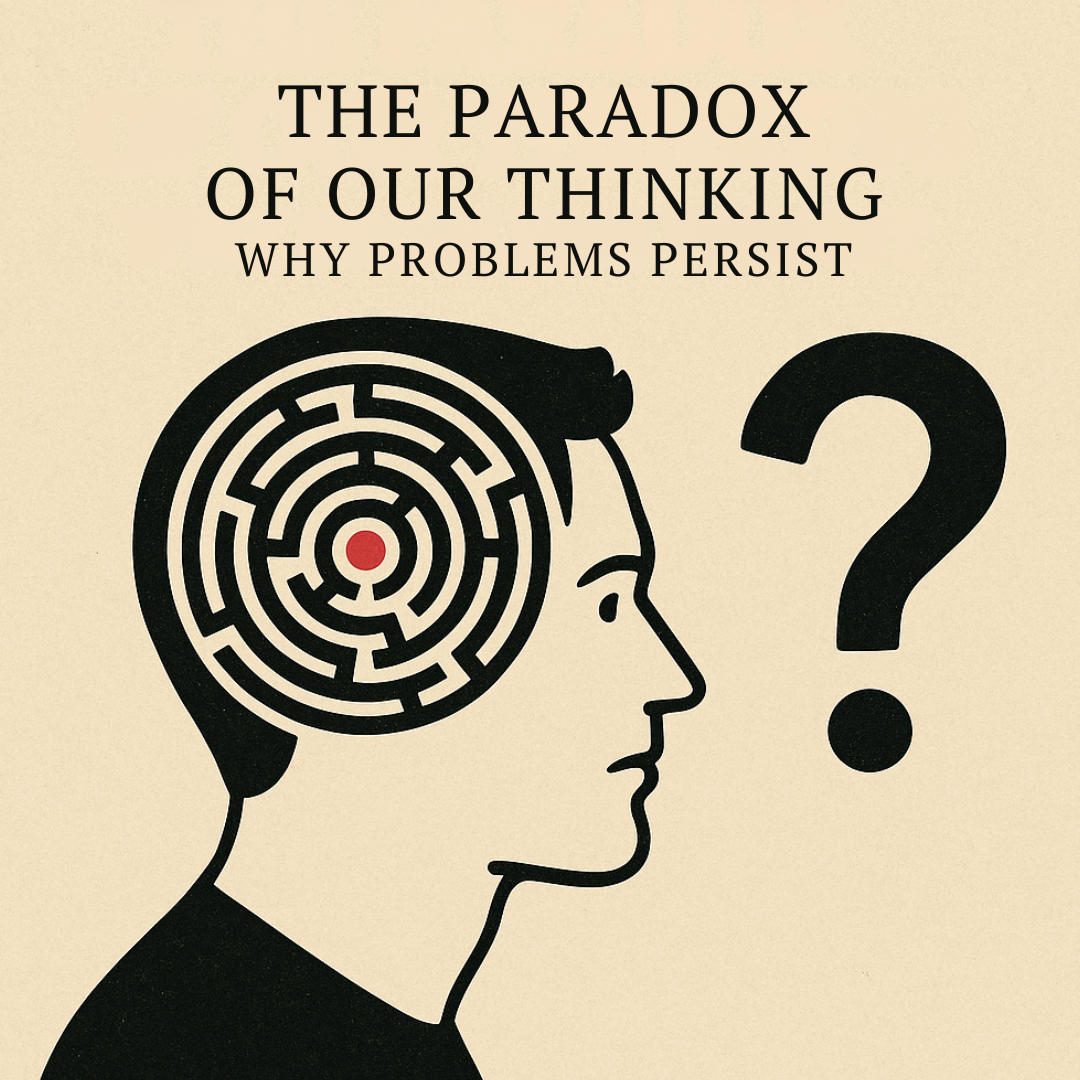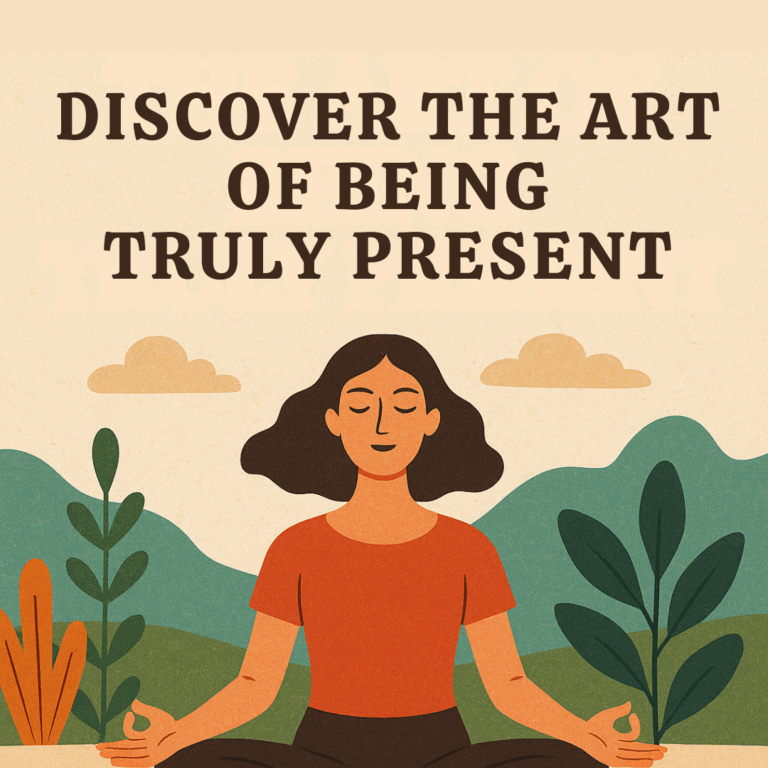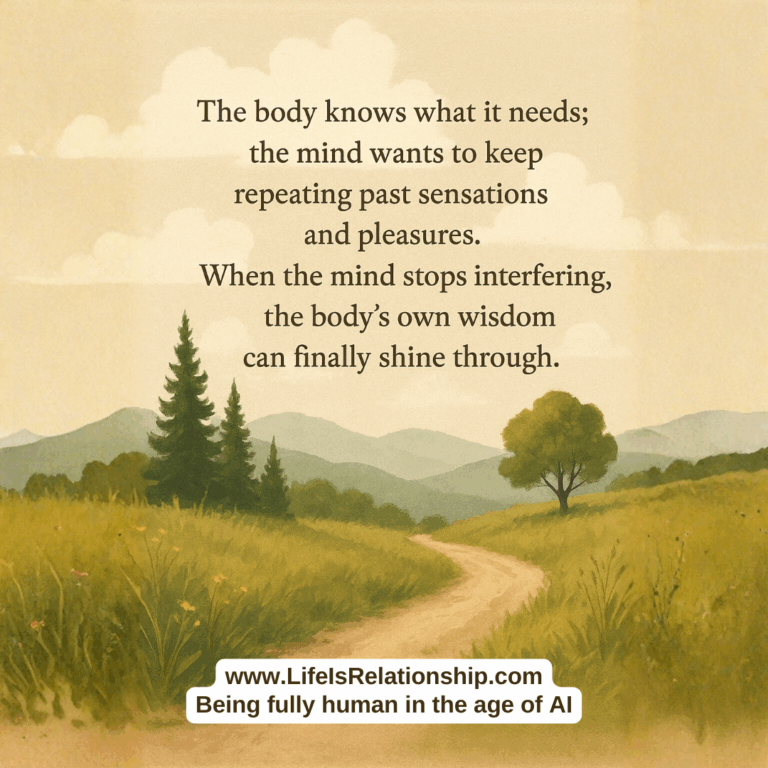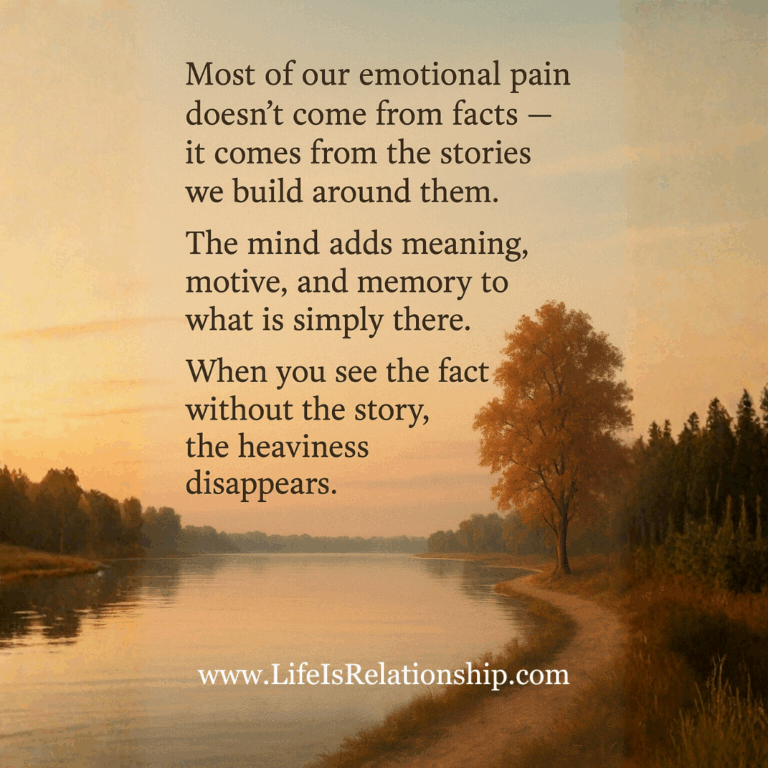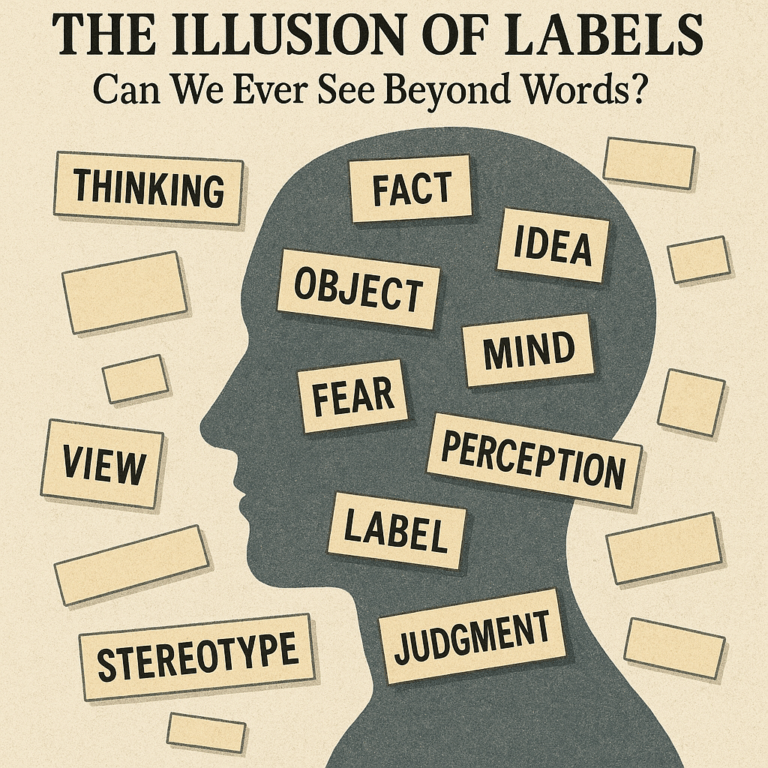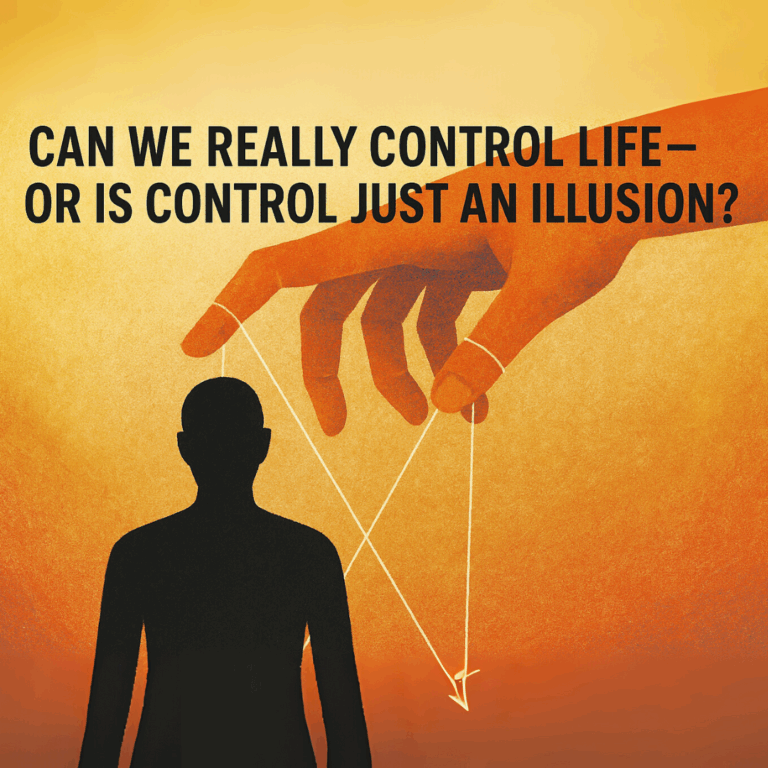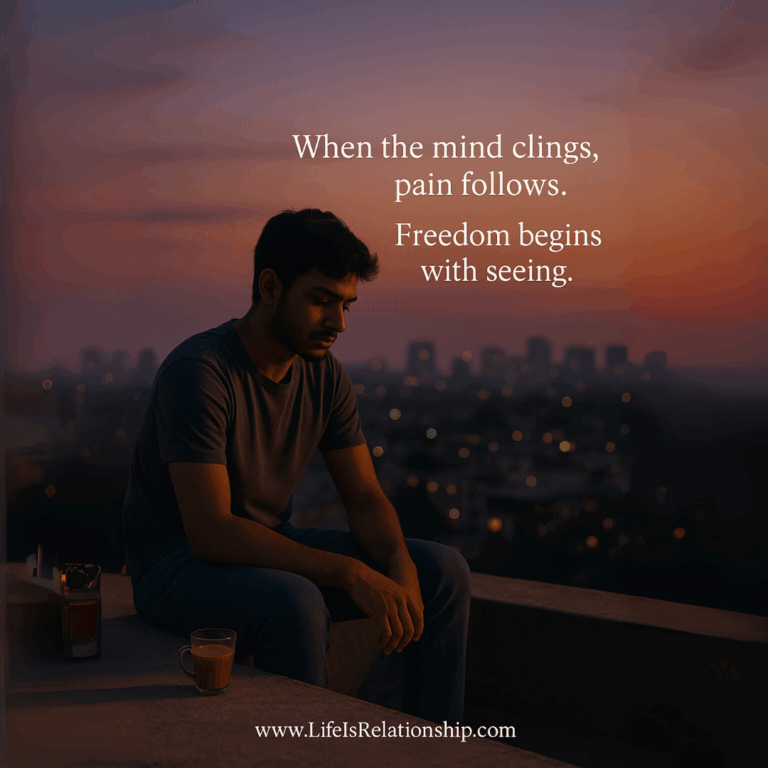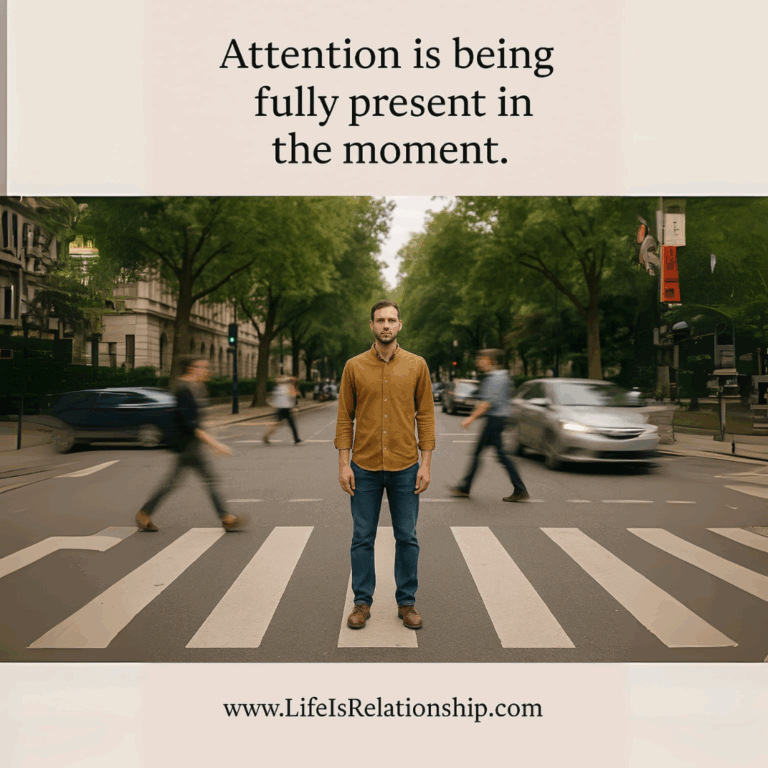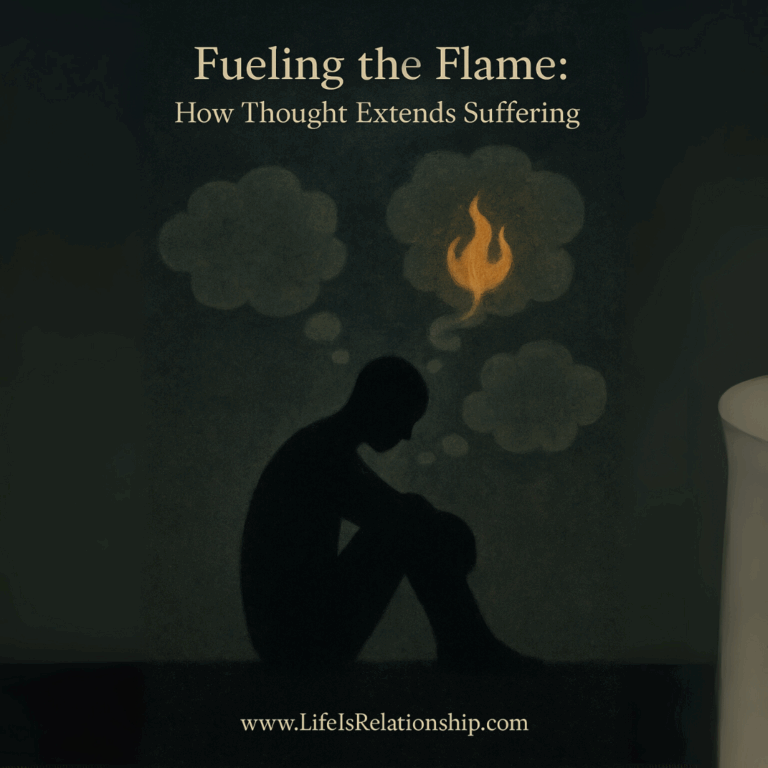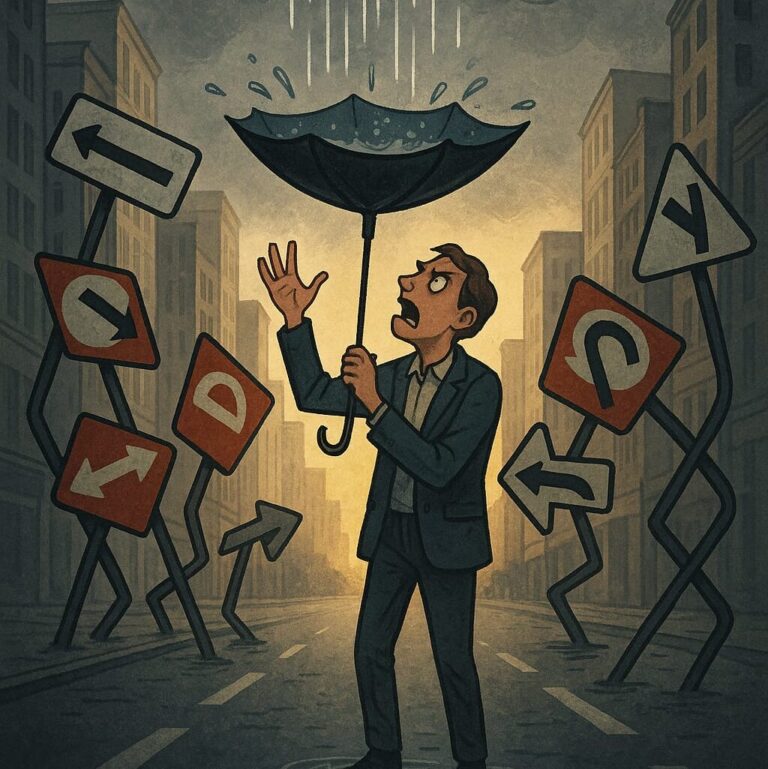We live in a world overflowing with complex challenges—climate change, pollution, wars, inequality, and even the threat of nuclear weapons. These problems often feel overwhelming, and yet, almost every day, new “solutions” are put forward. Governments create policies, companies launch initiatives, and individuals make lifestyle changes. And still, the problems persist.
Why?
Here lies a paradox that is easy to miss but critical to understand: we apply the very same kind of thinking that created these problems in the first place to try to solve them.
The Cycle of Repetition
Take pollution, for example. Industrial growth, driven by the desire for profit and convenience, has polluted our air and water. In response, we invent technologies and policies that again prioritize profit, competition, and fragmented goals. Instead of addressing the root causes—our patterns of consumption, our endless pursuit of “more”—we introduce piecemeal fixes. Electric cars are hailed as a solution, but the mining for batteries creates another environmental cost.
The same thinking—short-term, fragmented, profit-driven—keeps spinning the wheel.
Another example is nuclear weapons. Nations built them out of fear, power, and mistrust. Today, the same fear and mistrust drive conversations about disarmament. Countries say, “We’ll reduce our arsenal if you reduce yours first.” It’s still a game of suspicion, still fueled by the old logic. And so, the cycle continues.
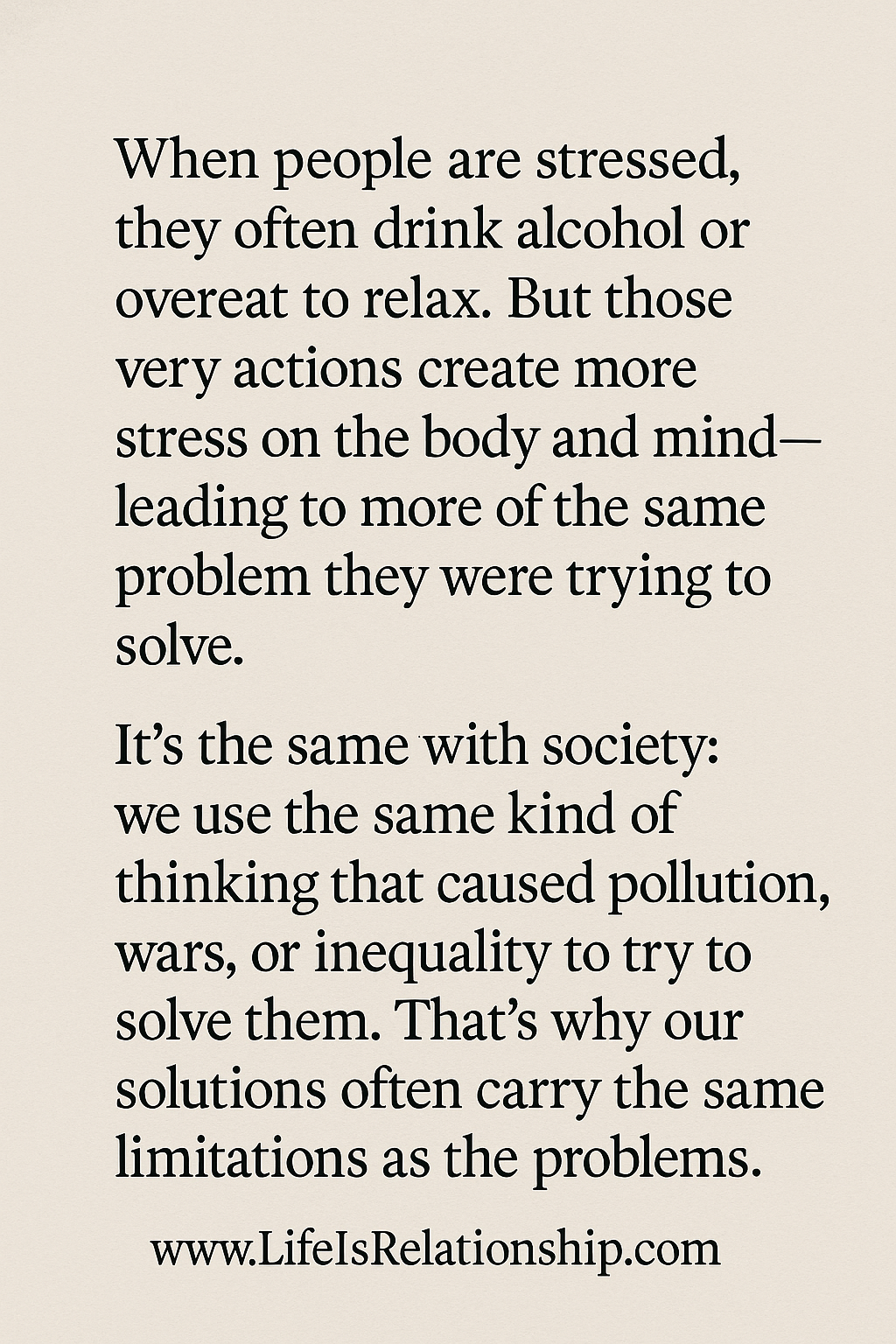
The Root of the Paradox
Here’s the heart of it: problems created by fragmented thinking cannot be solved by more fragmented thinking.
When our approach is rooted in fear, greed, or competition, even the noblest “solution” will carry traces of those same qualities. We patch the surface, but the cracks reappear elsewhere.
It’s like trying to fix a broken mirror by gluing shards together—you may piece it back, but the fractures remain visible, and the reflection is distorted.
What Does Real Change Require?
If the problem is in our way of thinking, then the real change must begin there.
It requires awareness—seeing the patterns of fear, division, and narrowness in how we think. It requires humility—acknowledging that the way we’ve been operating might itself be flawed. And it requires openness—questioning deeply, not just accepting quick fixes handed to us.
Real solutions emerge when our minds are no longer trapped in the same old patterns. A shift in awareness, a clarity of seeing without the old biases, is what can allow something new to be born.
Why This Matters in the Age of AI
This paradox isn’t just about environmental or political issues—it’s about how we live as human beings today. With AI entering every corner of our lives, the same danger exists: we might use old ways of thinking—competition, division, control—to shape AI, and in doing so, we simply recreate old problems on a larger scale.
But AI also presents an opportunity. It can push us to ask deeper questions: what does it mean to be human? Can technology help us live more intelligently, or will it amplify our confusion? That depends on whether we can see and understand the paradox of our thinking.
An Invitation
At LifeIsRelationship.com, we explore these questions together:
- How do we untangle the paradox of thought?
- What does it mean to be fully human in the age of AI?
- How can we live with clarity in our relationships—with ourselves, with others, and with the world?
This is not about finding ready-made answers. It’s about creating a space for questioning, for self-reflection, and for discovering a new way of being.
If you’ve ever sensed that the way we’ve been living is not enough—that our solutions are missing something deeper—then this is a place for you.
Join us at LifeIsRelationship.com. Together, let’s explore what it means to be fully human in the age of AI.

